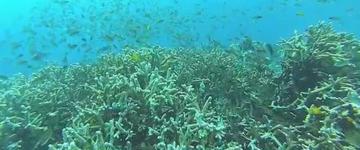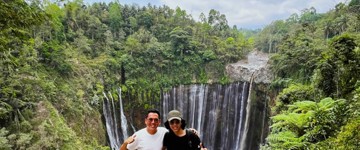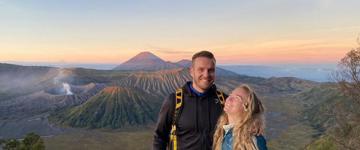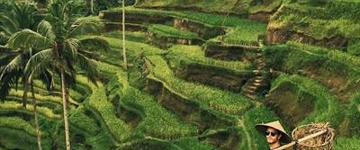Getting Back to Nature in the Philippines
White sand beaches, awe inspiring temples, fresh fruit, delicious stews. The Philippines has been a popular destination for Southeast Asia travelers since the beginning of air travel, and it’s not hard to understand why. Made up of 7,500 islands, the Philippines is an environmental marvel and the second largest archipelagos in the world, the perfect place to get back to nature without breaking the bank. Of its 7,500 islands, only 2,000 of them are inhabited and nearly 5,000 of them are still unnamed on global maps. There are countless opportunities to explore new places in the Philippines. Whether you want to get far from the beaten path and see something nearly new to human eyes, or you want to get to know local culture in more happening places like Manilla, Cebu or Boracay, the Philippines has something for you.
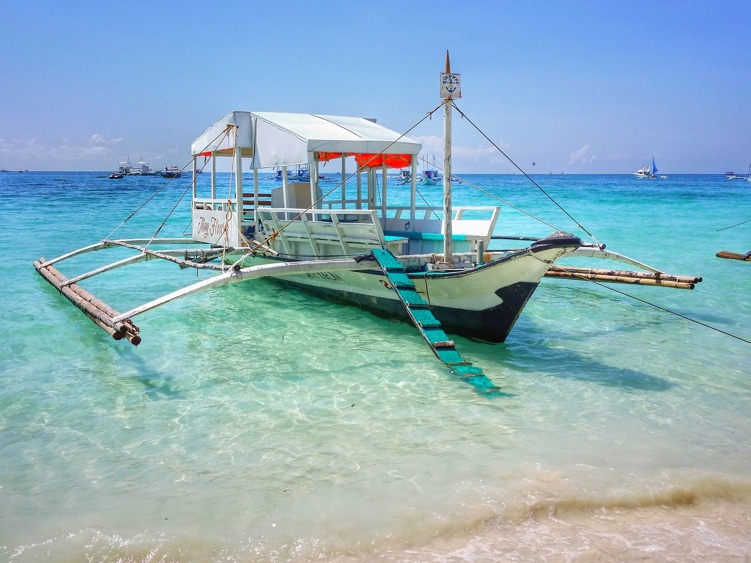
The Next Galapagos
Besides having a massive diversity of islands, the Philippines also has great diversity in plant and animal life. The Philippines has the highest rate of discovery of new animal species of any country in the world. In the last ten years, sixteen new species of mammals have been discovered on the islands. In a time where we are constantly hearing about the endangerment and extinction of species all over the world, it’s exciting to read something more uplifting like the discovery of new species. Many of these new species have been discovered on Luzon, the most populous island of the Philippines and home to the capital city Manilla, so it’s easy for travelers to go searching for these exciting creatures between hiking, scuba diving and visiting stunning temples.
The Philippines is home to a grand array of ecosystems, which is what makes it such a nature rich country. The country is probably best known for its salt water ecosystems because of their world famous coral reefs, but the sea and the land itself is so much more. Besides magnificent coral reefs, the Philippines is also home to seagrass belts, mangrove swamps, mossy forests, pine forests, grasslands, lakes and caves. The list goes on and on. As there is no shortage of diverse ecosystems in the Philippines, there is also no shortage of natural miracles. One of the most incredible geological formations in the world, the Taal Volcano, is located on the island of Luzon. It is the second most active volcano in the Philippines. Considering that there are fifty three active volcanoes in the country, this is an impressive feat. This isn’t what makes the volcano so special though. Taal Volcano consists of the island of Luzon, and contains a lake known as Taal Lake, with a smaller island in the lake called Volcano Island. Then there is a lake on Volcano Island called Main Crater of Taal Volcano, with another tiny islet (also called Volcano Island) inside that lake. There is nothing like Taal Volcano anywhere else on earth, it’s truly a geological miracle. Travelers in the Philippines can explore this remarkable place by hiking on their own to the top of the volcano, or by joining a tour to learn more about this geological marvel from a knowledgeable local guide.
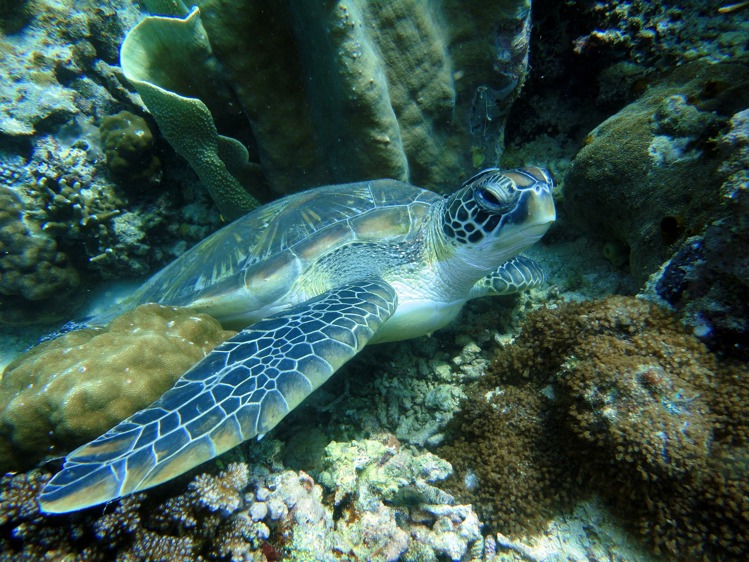
Leaders of Sustainability
With great power comes great responsibility, and there’s nothing more powerful than diverse, rich and healthy ecosystems. Since the Philippines is home to so much important wildlife, protection and environmentally friendly practices are essential. Like everywhere, the Philippines still has a way to go in order to be a truly sustainable, environmentally friendly country, but it is off to a great start. The Philippines is the second highest geothermal producer in the world after the United States. 18% of the country’s electricity needs are currently being met with this exciting technology. Geothermal energy comes from the heat produced by the Earth’s core. It is a renewable energy source because the heat of the Earth is a limitless resource, unlike other common energy sources such as fossil fuels. The amount of heat extracted is very small compared to the amount of heat produced. Having and using a sustainable energy source is absolutely essential for all countries, if we as a species are going to be able to continue living on this beautiful planet. In this way, the Philippines is a leader in promoting a sustainable future.
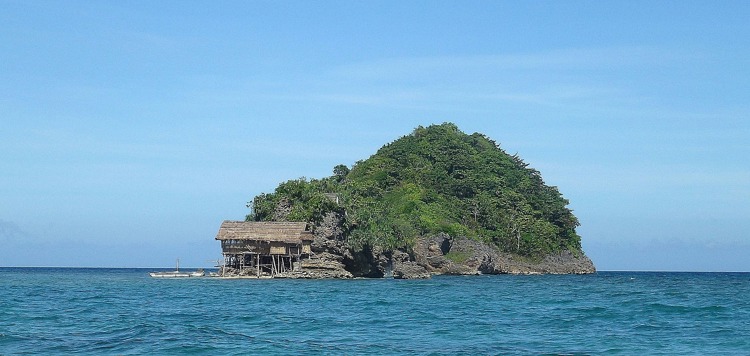
Travelers visiting the Philippines can help encourage sustainable practices to protect this stunning country by seeking out eco friendly and sustainable travel options. One of the easiest and most rewarding ways to promote sustainability in your travels is to choose to visit less popular destinations. When places are too well loved by tourists, they aren’t able to keep up with the pressure and the environment suffers as a result. Boracay is one of many examples of the effects of local tourism. This stunning island is internationally renowned for its white sand beaches, and has been one of the top places to visit in the Philippines for ages. Because of its immense popularity, the beaches were trashed. They were no longer the picturesque, postcard beaches they once were. Luckily, the government shut the area down to tourism for several years to give it time to recuperate. Boracay is now open once again, but the amount of visitors allowed each year is limited. Instead of spending all of your vacation at the places you read about in all the travel guides, go island hopping through Cebu or any of the other regions of the country, and seek out the places less traveled. You’re guaranteed to find an excellent adventure, and maybe even discover the next hotspot before it becomes popular.
The Philippines is a magnificent destination for getting back in touch with nature. The country offers stunning coral reefs, unique geological structures, towering mountains, thick forests, and so much more. It’s the perfect country to escape the big cities, take a breath of fresh air and be a part of the solution by encouraging sustainability in the country through your travel choices. There is no place on Earth quite like the Philippines, it’s an environment that holds onto a piece of the heart and keeps people coming back.
Dara is avid scuba diver, book worm, and vegetarian foodie with a deep passion for conservation. Her favorite countries so far are Greece, Bosnia and South Africa. She loves writing about anything that encourages people to get outdoors, try something new, and live more sustainably.

